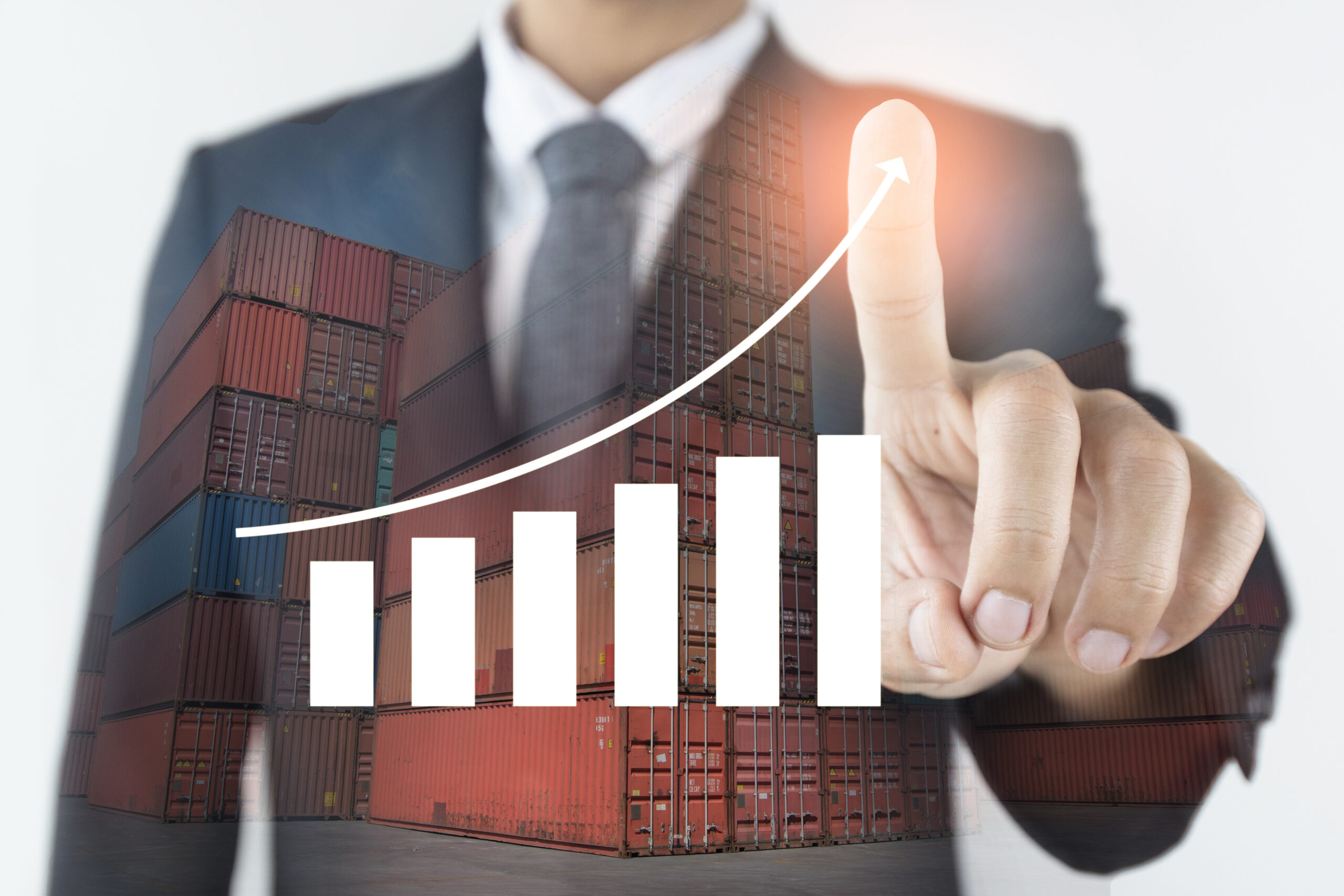The Impact of Increased Access Charges on Global Traders
Controversial access charges are helping stevedores to increase their revenue and profit margins while global traders across the world are being left to pay the price.
Although these additional fees have been gradually climbing over the past several years, recent uncertainty amid the global pandemic has only served to accelerate the trend. Now, transporters all the way from the U.S. to New Zealand face the challenge of how to manage unavoidable costs, including infrastructure and labour, alongside these increasingly expensive charges.
As regulators have yet to take definitive action, it’s likely this situation will continue past the third quarter of 2021. For shippers, understanding how these charges will impact them and integrating new technologies to manage costs will be essential to maintaining daily operations and business continuity.
The continued application of congestion surcharges
Service providers are capitalising on the trade disruptions that have been felt across the world, as they have begun to maximise the frequency and base level of access charges.
The Australian Competition and Consumer Commission (ACCC) noted the stevedores at the three largest ports of Melbourne, Sydney and Brisbane now charge an excess of $100 Australian dollars per full container. While activity across the country’s four major terminal operations was down in 2020, industry revenue increased 2.8% — primarily as a result of stevedores increasing terminal access charges.
Just some of the new charges being imposed by the Port of Sydney include:
- Terminal Access Charge, Export: $79.50 per full container load (FCL), increasing to $89.50 on May 1
- Terminal Access Charge, Import: $112.10 per FCL, increasing to $126.60 on May 1
- No Show Fee: $217.00 per slot
- Late Arrival or Wrong Zone Fee: 78.00 per slot
- One-Stop Carrier Cancellation and Reconnection Fee: – $222.00 per reconnection.
- Manual Processing Fee: $238.00 per job
The Freight and Trade Alliance (FTA) reported that the explanation provided by Port Botany is that the new charges are a result of ongoing congestion and delays. However, the group found that the significant surplus of import versus export activity at the port points toward mismanagement as one of the leading causes behind these disruptions. Shipping lines have refused to compensate importers for this cost, leading to extensive additional administration being enacted to avoid more container detention penalties.
These charges far exceed standard fees, even after factoring in global trade disruptions. The FTA estimated that if the current conditions continue, Australian exporters and importers could be paying $1.2 billion each year or more due to congestion surcharges, staged movements costs to dehire containers and fees to stevedores and container park operators.
“While there may be justification for landside charges, excessive terminal access charges will nullify the benefits of greater competition between stevedores in providing services to shipping lines,” explained the chair of the ACCC, Rod Sims. “… There is no direct competition in the provision of landside services. This makes these fees, to some extent, a ‘take it or leave it’ proposition for importers or exporters that have no direct choice of stevedore.”
Although the FTA and Australian Peak Shippers Association (APSA) are pushing for further regulation from the government, the vulnerabilities and risks within the supply chain have left shippers looking toward new partnerships and technologies to better manage costs in the meantime.
Deploying a trade management solution
In such a highly competitive and increasingly expensive landscape, shippers need to achieve proactive communications and more accurate planning capabilities to offset rising access charges. The utilisation of cloud-enabled technologies will prove essential in achieving this.
First started almost two years ago, BSM’s Carrier Integration Project is helping clients to succeed despite the current state of the industry. Cloud-enabled solutions allow for users to maintain secure, confidential communications while still accessing and sharing information virtually and in real-time.
With these tools, shippers are able to generate a more holistic view of their operations, including internal and external processes. By possessing a more forward-looking perspective, organisations are able anticipate issues and emerging opportunities while also generating ways to respond to them.
Technology within the global supply chain is rapidly evolving, and cloud-based systems such as BSM Global can help to optimise global trade and system processes by addressing some of the most common obstacles suppliers face.
If you are interested in discovering new ways to improve your organisation’s own shipping processes or have additional questions on the application of cloud-based technologies, contact us today.

